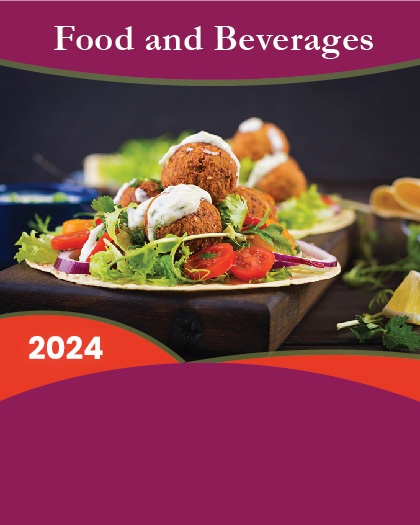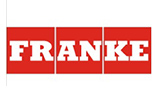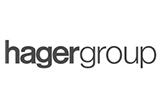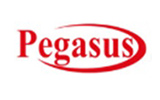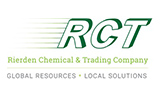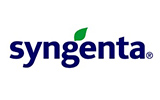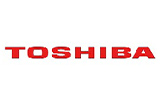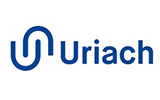
Report Overview
Rapid urbanization across major urban centers like Riyadh and Jeddah and people?s rising disposable income are expected to boost the growth of Saudi Arabia Food Service Market during the forecast period between 2024 and 2030.
Saudi Arabia Food Service Market - Industry Trends & Forecast Report, 2030
Saudi Arabia Food Service Market size was estimated to be worth USD 26.8 billion in 2023. During the forecast period between 2024 and 2030, Saudi Arabia Food Service Market size is projected to grow at a CAGR of 9%, reaching a value of USD 42.7 billion by 2030. Major growth factors for Saudi Arabia Food Service Market include rapid urbanization in metropolitan cities and an increasing number of restaurants, cafes, and takeaway establishments. The flourishing tourism sector, along with rising demand for convenience foods and the integration of technologies, such as online food delivery platforms and digital payment methods, are projected to drive Saudi Arabia Food Service Market during the forecast period in analysis.
Saudi Arabia Food Service Market
Food Service - Overview
Food service is the preparation, handling, packaging, and distribution of food, beverages, and related services by an establishment. It includes everything from kitchen management, menu planning, staff coordination, customer interactions, and feedback handling. In the food service industry, there are many different types of establishments, including restaurants, cafes, bars, cafeterias, catering companies, and institutional food providers. From upscale restaurants to quick and easy fast-food places, each type offers a unique experience. These establishments may be non-profit or may make the majority of their profits from services other than their food service facilities.
Saudi Arabia Food Service Market
Growth Drivers
Growing Consumer Demand for Dining Out and Delivery
The growing preference for dining out and food delivery services is emerging as a major growth factor for Saudi Arabia Food Service Market. The rapid urbanization and increasing younger population are resulting in a consumer shift towards convenience, experience, and variety. The Millennials and Gen Z population are significantly spending on gaining new experiences, like dining out, exploring new cuisines, and using food delivery apps. In addition, the growing use of mobile apps and technology platforms, along with the rising influence of social media, has resulted in increased use of food delivery services. Brands are also capitalizing on this demand by diversifying their offerings and focusing on health-conscious and on-the-go options to cater to evolving tastes and preferences, contributing to the sector's growth.
Challenges
High Operational Costs
The food service operators face significant challenges in the form of high operational costs, which act as a major barrier to Saudi Arabia Food Service Market growth. The high operational cost can be attributed to many different factors, including increasing food prices, rising labor costs, and high rent expenses. Saudi Arabia is reliant on food imports for its domestic consumption due to a lack of sufficient arable land and harsh weather conditions. Therefore, fluctuations in the international food supply chain directly influence the cost of commodity prices in the Kingdom. Rent for commercial spaces in prime locations can also be prohibitive, especially with the expansion of malls, restaurants, and entertainment venues. These factors can impact the profit margin of food service operators, limiting the growth of the Food Service Market in Saudi Arabia as well.
Impact of Escalating Geopolitical Tensions on Saudi Arabia Food Service Market
The escalating geopolitical tensions impact several different aspects of Saudi Arabia Food Service Market, including supply chain and consumer behavior. The disruption in the supply chain due to geopolitical tensions affects the local and global supply of food in the Kingdom. Saudi Arabia is heavily reliant on imported food, as it is one of the world?s largest food importers. Any disruption in trade routes or tensions with key trade partners can lead to a shortage of essential supplies and increased costs. The inflation in the cost of food ingredients could result in increased operational costs for food service providers. Consumers may face higher prices, which could reduce demand for certain food items, particularly in price-sensitive segments of the market.
Saudi Arabia Food Service Market
Segmental Coverage
Saudi Arabia Food Service Market - By Type of Food Service
Based on type of food service, Saudi Arabia Food Service Market is segmented into quick-service restaurants (QSRs), full-service restaurants (FSRs), caf?s & coffee shops, street stalls & kiosks, and catering services. The FSRs segment holds the largest share of Saudi Arabia Food Service Market. FSRs provide a complete dining experience to their customers and offer a good range of dishes, which makes them suitable for different occasions, such as social gatherings or business meetings. The QSRs segment is also growing at a high rate owing to the busy lifestyles of consumers and the growing demand for fast and convenient meals.
Saudi Arabia Food Service Market - By Delivery Model
On the basis of delivery model, Saudi Arabia Food Service Market is segmented into independent and chained. The independent food service segment accounts for a larger market share. Independent food service establishments cater to the local cuisine and tastes of Saudi Arabia, which makes them popular among local customers. In addition, independent establishments offer diverse food menus and creative dishes, which makes every food joint stand out on its own and helps establish customer loyalty. The chained segment also covers substantial market share because of various factors, such as the high popularity of fast-food chains, such as Burger King, self-service kiosks, and enhanced customer convenience.
Saudi Arabia Food Service Market Size
Saudi Arabia Food Service Market - By Service Type
By service type, Saudi Arabia Food Service Market is segmented into dine-in, takeaway, delivery, and drive-through. The dine-in segment dominates Saudi Arabia Food Service Market by service type. The presence of high-end restaurants that provide unique and luxurious experiences to their customers is in high demand in Saudi Arabia due to high disposable income. The delivery segment is projected to register a higher growth rate over the forecast period. Consumer preference drastically shifted towards online food delivery platforms post the COVID-19 pandemic. The emergence of cloud kitchens gained immense popularity, particularly among working adults, which is acting as a significant driver of Saudi Arabia Food Service Market.
Competitive Landscape
Saudi Arabia Food Service market is highly competitive, as a number of companies are competing to gain a significant market share. Key players in the market include Alamar Foods Company, ALBAIK Food Systems Company S.A., REZA Investment Company Ltd, Herfy Food Service Company, Americana Restaurants International PLC, M.H. Alshaya Co. WLL, United Group, Support Services Company Ltd, Saudi Catering & Contracting Company, and Lulu Group International. To further enhance their market share, these companies employ various strategies, including mergers and acquisitions, partnerships, joint ventures, license agreements, and new product launches.
Recent Developments
In August 2024 - Meituan, a shopping delivery app based in China, announced the launch of Keeta, its food delivery service app, in Saudi Arabia.
Key Players
Alamar Foods Company, ALBAIK Food Systems Company S.A, REZA Investment Company Ltd, Herfy Food Service Company, Americana Restaurants International PLC, M.H. Alshaya Co. WLL, United Group, Support Services Company Ltd., Saudi Catering & Contracting Company, Lulu Group international
By Type of Food Service
Quick Service Restaurants (QSRs)
Full Service Restaurants (FSRs)
Caf?s and Coffee Shops
Street Stalls and Kiosks
Catering Services
By Delivery Model
Independent
Chained
By Service Type
Dine-in
Takeaway
Delivery
Drive-through

